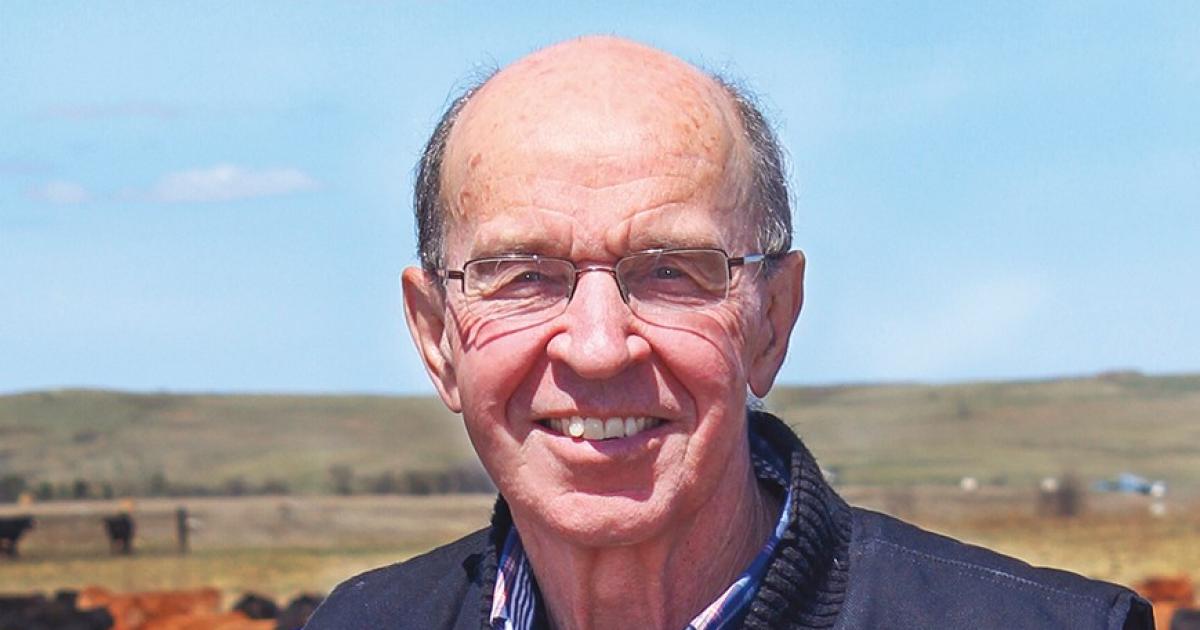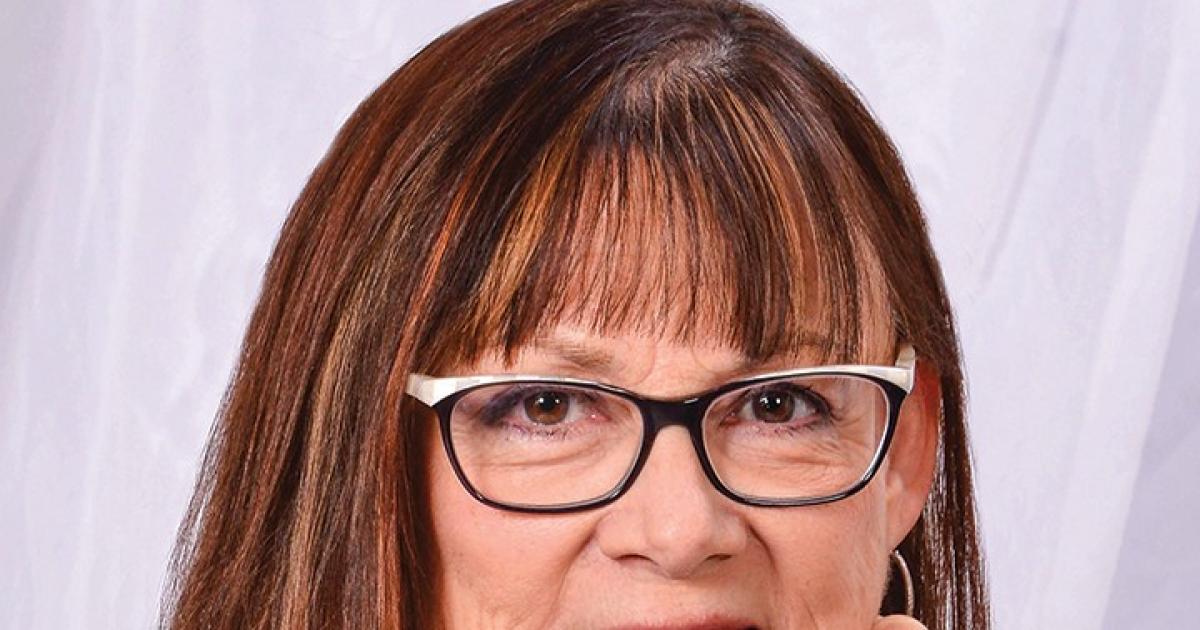Many North Dakotans don’t remember when sunflower was not a major crop in this state. It wasn’t, until about 45 years ago.
In a recent issue of the National Sunflower Association’s publication, “The Sunflower,” the editor referred back to what was in that same magazine 40 years earlier, in 1979. It’s hard to comprehend the explosive growth that occurred in sunflower production in the 1970s. North Dakota farmers harvested 237,000 acres of sunflowers in 1971, 1.3 million in 1977, and 3.4 million in 1979.
With the huge increase in sunflower production came a race of sorts to see who would build the processing plants to handle that production. Companies or private investors who announced early, it was felt, would have a leg up and better chance of survival than others who were not as aggressive.
The October 1979 issue of “The Sunflower” contained a story headlined, “Two More Plants Announced.” One was planned by the I.S. Joseph Company of Minneapolis, Minn. The other proposal came from a group of farmers and businessmen from southeastern North Dakota. Sunflower processing plants had earlier been announced for Jamestown, Velva and West Fargo. Of the five, only the one – the proposed Jamestown plant – was planned by a grower cooperative.
In October (Co-op Month) 1979, I wrote, “I can’t help but think of how disappointed North Dakota cooperative supporters must be with how the sunflower processing potential in this state is shaping up.” There had been no groundswell of support for the cooperative venture. Sales of membership stock had been more difficult than anticipated.
The National Sunflower Association says that of the five processing plants announced in 1979, only three came to fruition. And only two – Cargill in West Fargo and the now-ADM plant in Enderlin – have continued to process sunflowers across the ensuing four decades.
Pictures of blooming sunflower fields have become an iconic illustration of North Dakota agriculture. But it wasn't always so ... not until the 1970s, sunflowers' boom years, a time of explosive growth and some big growing pains. n
Al Gustin is a retired farm broadcaster, active rancher and a member of Mor-Gran-Sou Electric Cooperative.









